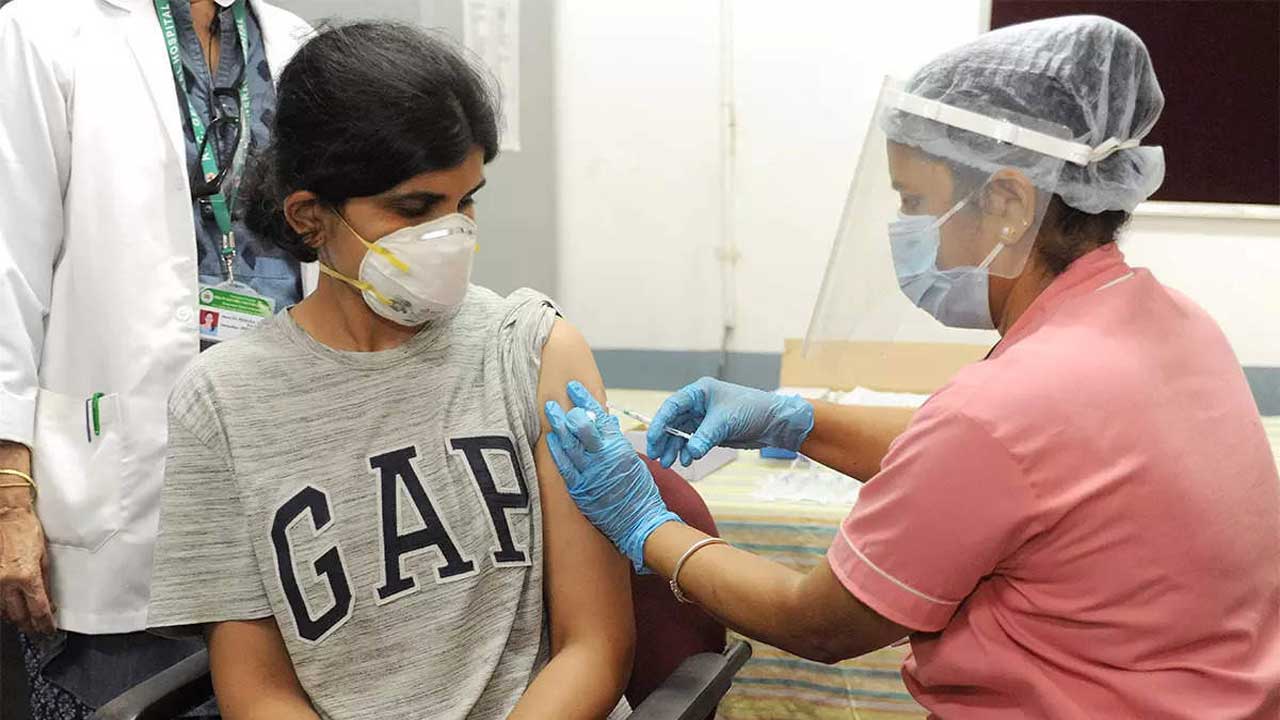On June 15, panic gripped North-East Delhi’s Mandoli prison complex when an inmate didn’t respond to frequent wake-up calls.
Kanwar Singh was taken to a doctor who declared him dead. The worst came true when the test result showed that the 62-year old had died of COVID-19, though he never showed any of the symptoms.
This prompted authorities to examine 28 others who had shared the barrack with him. As many as 17 were found infected with the virus.
A total of 40 inmates and 71 jail staffers at Mandoli and Delhi’s two other prison complexes (Tihar and Rohini) have tested positive for the coronavirus so far. More than 200 who came in contact with the infected have been put in quarantine, officials said.
The number of inmates who have recovered is 17. Also, 14 jail staffers have survived the virus, Mail Today has learned.
The situation is so grave that authorities have had to temporarily release thousands of inmates to decongest jails, but cases are still spiraling. New inmates are being kept in two dedicated jails for 14 days.
“We have two hospitals in Tihar and Mandoli. Each of the 16 jails has a dispensary where a doctor is available round the clock. There are around 100 doctors in all three prison complexes,” Sandeep Goel, Director General (Prisons), told Mail Today.
“As a preventive measure, we have given one course of homeopathic medicine ‘Arsenic Album 30’ to all inmates, in association with the Ministry of AYUSH. We also give ‘kaadha’ to those interested,” he added.
Delhi is the worst-affected city in the country in terms of viral overload. With 2,889 cases on Sunday, the total reached 83,077, including 2,623 deaths. A total of 52,607 patients have recovered so far.
BURSTING AT THE SEAMS
Tihar has nine jails, Rohini has one and Mandoli six. In Rohini, 16 inmates have tested positive and all of them have recovered. In Tihar, one of the three patients has been cured so far. Against a capacity of 10,026 inmates, 17,500 were lodged in these jails before March 25. As on June 25, the number of inmates was 13,623. Tihar has 9,332, against its capacity of 5,200.
The Supreme Court had asked all states and Union Territories on March 23 to set up high-level committees to consider releasing prisoners or undertrials on parole or interim bail if they are accused of minor offenses.
As many as 4,129 inmates have been released in Delhi till June 20. In the wake of the pandemic, the Delhi High Court last week extended the interim bail of 2,177 under-trial prisoners by 45 days to de-congest jails.
“One jail each in Tihar and Mandoli has been dedicated to new inmates. They are not allowed in Rohini. They first spend 14 days there before moving to other jails,” Goel said. “The situation might get worse if these 80-90 criminals continue to be sent to judicial custody daily. We won’t be able to provide separate cells for them,” he added.
THE SCRAMBLE WITHIN
Whenever an inmate comes in, he or she is thoroughly screening at the entrance of the jail. From thermal scanning to checking oxygen levels, doctors take all necessary measures. All inmates are educated about Covid-19 and asked to alert officials if they develop any symptoms.
Counselors trained by the Mental Health Foundation of India are also interacting with inmates every day.
“All court proceedings are being done through video conferencing. Family mulakats have been stopped. Sanitisation and disinfection of all areas are being done regularly,” said Raj Kumar, Tihar Jail spokesperson. Inmates can now make telephone calls free of cost. “Soon, video calling facility will be started as family mulakat is completely barred for now,” Goel told Mail Today.
SOLUTION BY EXPERTS
Overcrowded prisons in Delhi are fast turning into a fertile ground for the Coronavirus spread, experts said. Sunil Gupta, former law officer, Tihar Prison Complex, told Mail Today, “There is an utter need for temporary jails before the situation becomes uncontrollable.
Stadiums, schools, or army barracks can be used to decongest jails. The Delhi government has the power to declare any institutional building as a jail. They must use this power and start the conversion process. Schools are already closed, so these institutes can be used to keep 4,000 to 5,000 inmates,” he said.
Story Courtesy; India Today

 Tihar and Mandoli jails are facing COVID crisis among inmates
Tihar and Mandoli jails are facing COVID crisis among inmates





.png)














.jpeg)






.jpg)




.jpg)





.jpeg)
